Ada Adelia
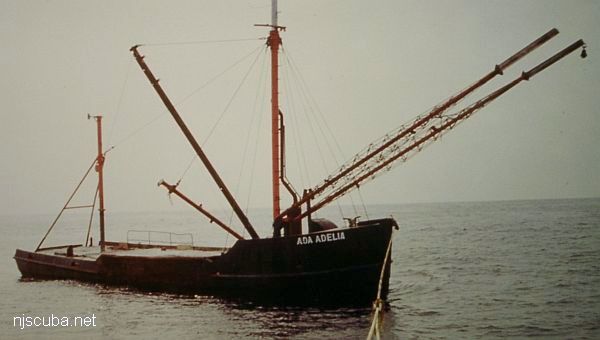
- Type:
- artificial reef, trawler, USA
- Built:
- 1866, Eastport ME USA
- Specs:
- ( 65 x 20 ft )
- Sponsor:
- Adelia Inc. & Andy Applegate
- Sunk:
- Friday Oct 11, 1991 - Atlantic City Artificial Reef
- GPS:
- 39°15.500' -74°13.880'
- Depth:
- 85 ft
Ada Adelia has been incorrectly described as a "Civil War stone barge" that was later adapted to fishing and clam dredging. The construction was massive - a double course of 2" oak planks on the hull, with 8"x16" deck beams.
For reefing, the deck was covered with a layer of concrete ballast. Despite all this, within a year the vessel broke up completely on the bottom. This and other experiences with wooden vessels eventually led the Reef Program to proscribe wood as reef material.
SHIP REGISTERS AND ENROLLMENTS OF MACHIAS, MAINE
1795 - 1950
30. ADA ADELIA, schooner, of Millbridge.
Official No. 1324. Built at Eastport, 1866.
17.32 tons; 48 ft. x 16.7 ft. x 4.5 ft.
One deck, two masts, square stern. Previously licensed Apr. 19, 1898, at Machias.
Registered, No, 98, June 11, 1898, at Machias. Owner: Freeman L. Kelley, Jonesport. Master: Freeman L. Kelley.
Other records corroborate this listing. Eastport is at the very eastern end of Maine, almost Canada. The tonnage quoted above is likely her cargo capacity, not her weight, and the dimensions are interior cargo volume. She is also quoted as 57' x 21', which is much closer to the reef program's figures. The Official Number 1324 is the lowest I have ever seen. The square stern is a very odd feature for that era.
Eastport is actually a major seaport, the deepest natural harbor on the East Coast, albeit not heavily used because it is rather remote. Ada Adelia was built as a freight lighter for offloading larger vessels in port. Hence the extremely sturdy construction - as a lighter she would be constantly bumping against ships much larger than herself, and having heavy loads un-gently placed on/in her.
Ada Adelia is listed in Merchant Sailing Vessels of the United States in 1900, still a sailor. In 1925 Ada Adelia was still listed as a schooner. As a sail ship, she was probably built without a wheelhouse, as that would get in the way of the sails on such a small vessel, as would a smokestack.
From Maine Central Railroad Magazine, November 1951:
MEOWS IMPORTANT TO MeC
The Maine Central Railroad likes cats. Kitty's contented purring is music to our ears because chances are she's just dined on Maine-made cat-food and that means it's been shipped out of Eastport over our lines.
...
Since it's 48 miles by land from Eastport to Lubec and only three miles by water, the Maine Central's operation there is closely linked with that of the Passamaquoddy Ferry and Navigation Company.
Under the direction of personable Bob Nichols, vice president and treasurer, the PF&N Co. is a licensed ICC waterbourne carrier that transports the catfood, and other commodities including sardines, on lighters between Lubec and Eastport. The diesel powered Ada Adelia is the largest lighter operating in the Bay and is used extensively by the PF&N to transport catfood. It can carry as many as 8,000 cases in an average load. The Company also operates five smaller …
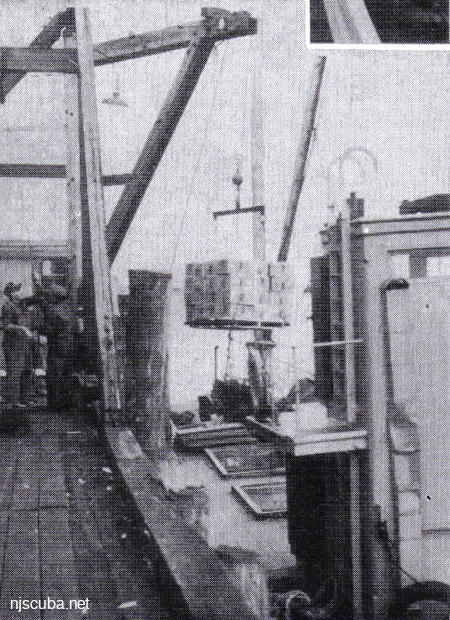
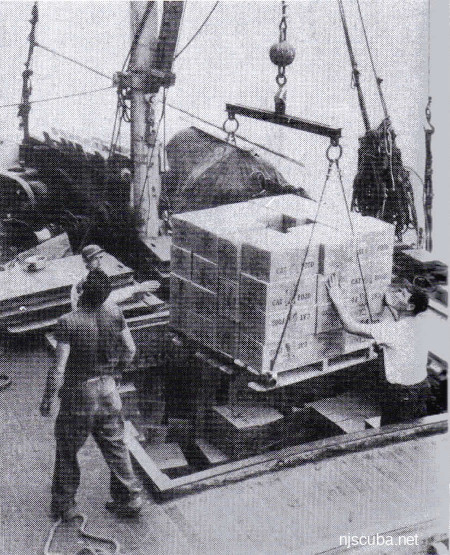
UNLOADING CATFOOD at the Maine Central Railroad Wharf at Eastport, left and above. The lighter Ada Adelia, operated by the Passamaquoddy Ferry and Navigation Company, carries a 10,000-case average load from the Coast Fisheries plant at Lubec to the pier. The cases are stacked on pallets and picked up by fork lift truck for shipment and storage from our warehouse.
In the first photo, the Ada Adelia is at the right, next to a dock and derrick. You can see an open bridge wing with a rail and ladders attached to the two-story wheelhouse. In the second photo you can see a large deck hatch and the foremast. The Ada Adelia was a vital link in the feeding of America's cats!
and from Maine Central Railroad Magazine, July 1953:
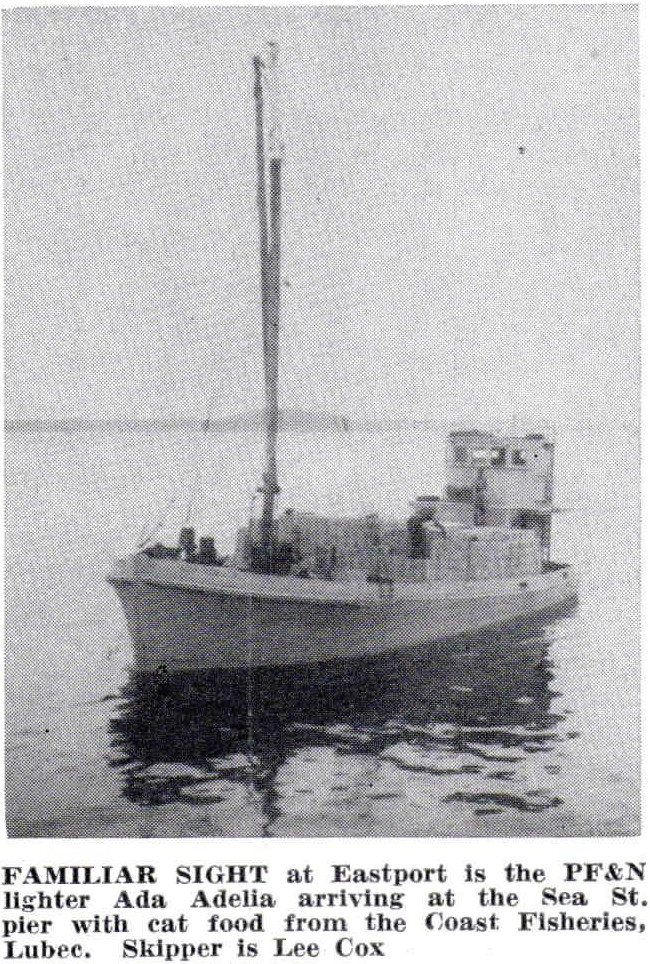
At this point, the sturdy old hull has been converted to a motorized lighter, with a 120 hp diesel engine. The lines in this photo are somewhat different, but over the years she was probably rebuilt several times. My guess is that her bow was built-up later for open-sea service.
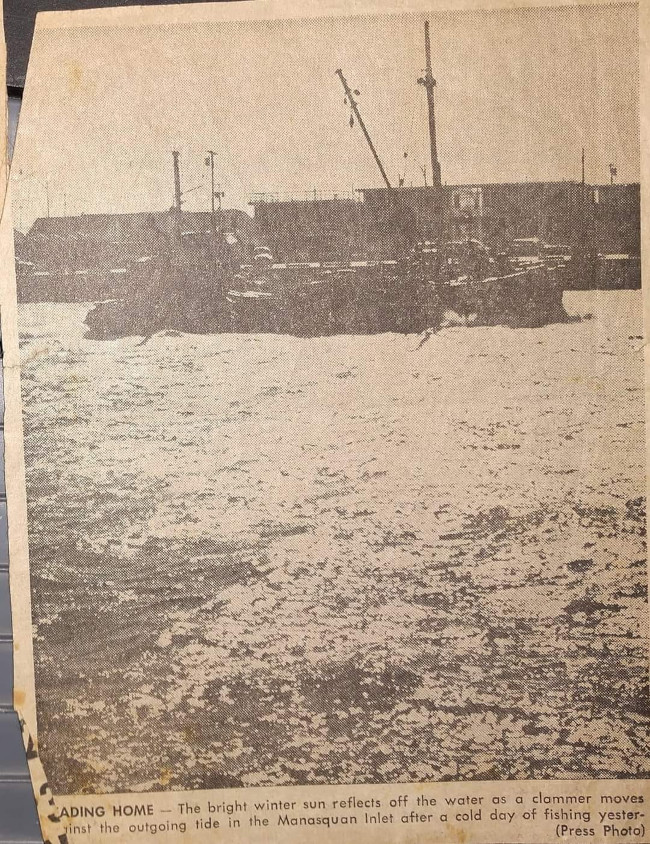
Hard to make out much in this old newspaper clipping; date unknown, probably in the 1960s. The aft wheelhouse matches the 1953 image, while the mast configuration matches the 1991 image. Outriggers were not yet common in the 1960s. A 1977 report on surf clams lists Ada Adelia in Point Pleasant, but she seems to have moved further south after that.
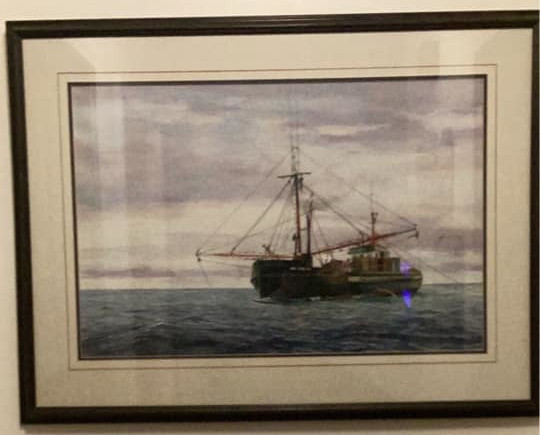
Looks like clam cages stacked on the deck, with the dredge in front of them.
Throughout her long career, it seems the vessel was never renamed. Ada Adelia is surely the oldest vessel in the artificial reef program.
The one thing I can't find is a builder's record. 1866 is just too far back.

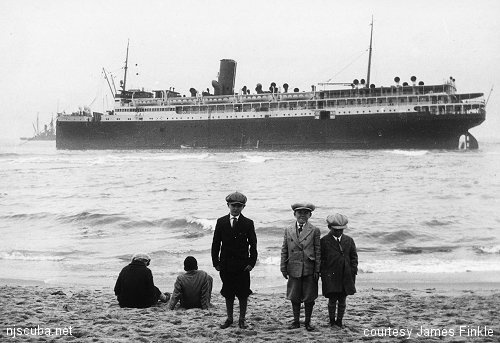
Questions or Inquiries?
Just want to say Hello? Sign the .